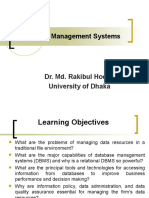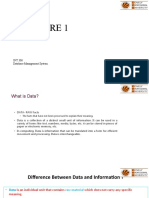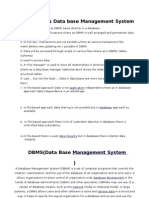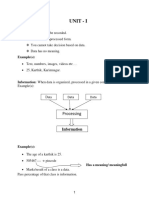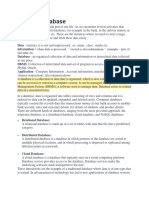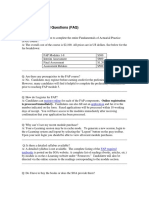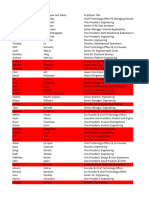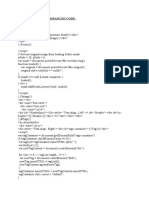0% found this document useful (0 votes)
3 views10 pagesChapter 1 Presentation of Databases
The document discusses the evolution of enterprise management systems from manual methods to advanced IT solutions, highlighting significant advancements in data management. It contrasts file management with database management, outlining the advantages and limitations of each, and provides a comprehensive overview of database models and the functions of Database Management Systems (DBMS). The document emphasizes the importance of databases in modern computing for efficient data organization, integrity, and security.
Uploaded by
anis.bobi000Copyright
© © All Rights Reserved
We take content rights seriously. If you suspect this is your content, claim it here.
Available Formats
Download as PDF, TXT or read online on Scribd
0% found this document useful (0 votes)
3 views10 pagesChapter 1 Presentation of Databases
The document discusses the evolution of enterprise management systems from manual methods to advanced IT solutions, highlighting significant advancements in data management. It contrasts file management with database management, outlining the advantages and limitations of each, and provides a comprehensive overview of database models and the functions of Database Management Systems (DBMS). The document emphasizes the importance of databases in modern computing for efficient data organization, integrity, and security.
Uploaded by
anis.bobi000Copyright
© © All Rights Reserved
We take content rights seriously. If you suspect this is your content, claim it here.
Available Formats
Download as PDF, TXT or read online on Scribd
/ 10











